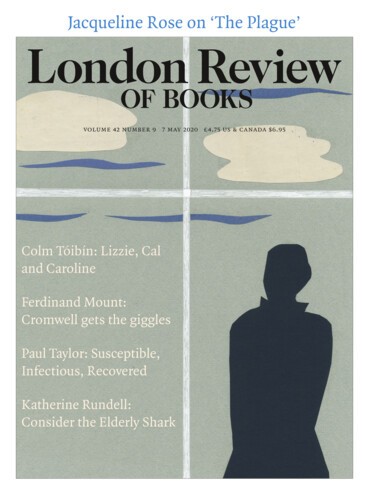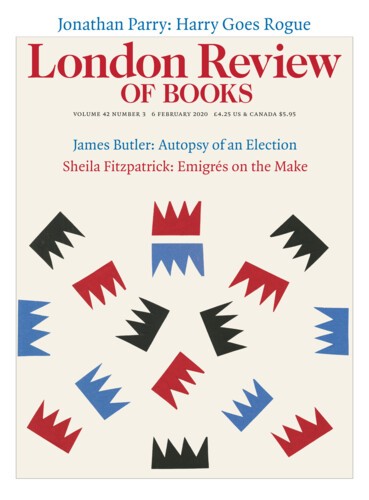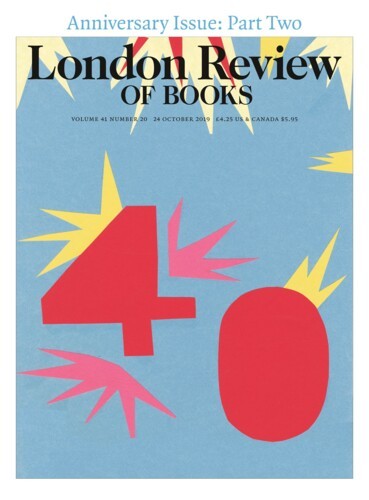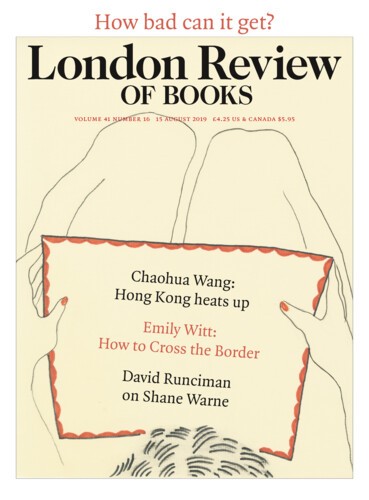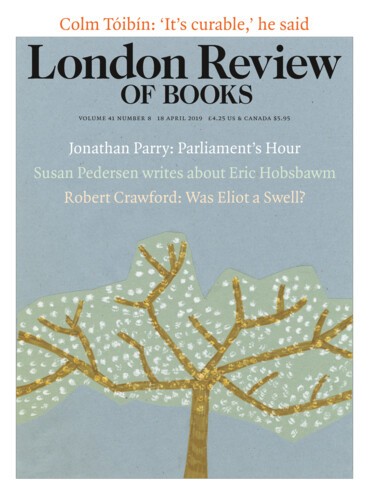Consider the Greenland Shark
Katherine Rundell, 7 May 2020
In 1606 a devastating pestilence swept through London; the dying were boarded up in their homes with their families, and a decree went out that the theatres, the bear-baiting yards and the brothels be closed. It was then that Shakespeare wrote one of his very few references to the plague, catching at our precarity: ‘The dead man’s knell/Is there scarce asked for who, and good...
